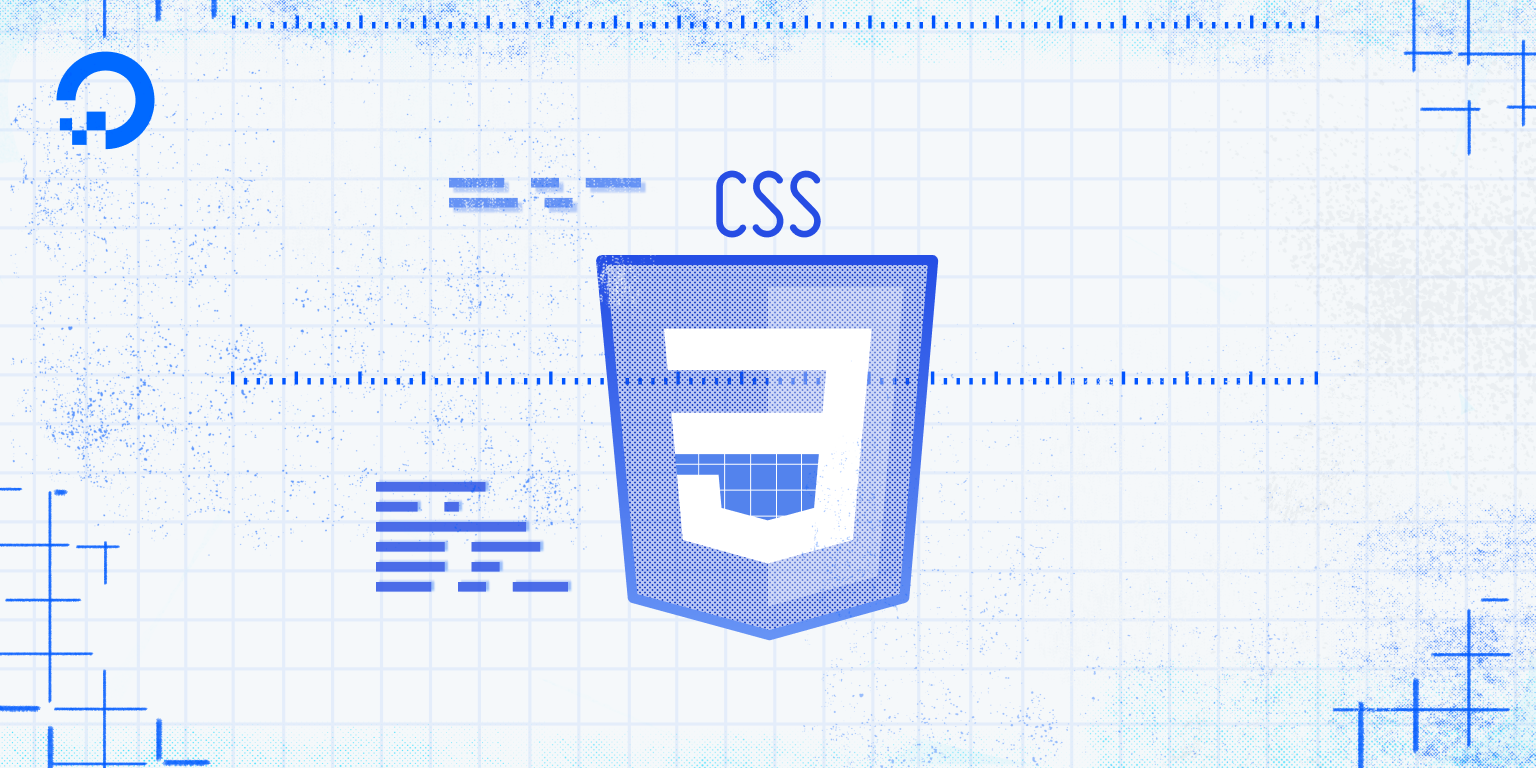Tutorial
An Overview of Our Demonstration HTML and CSS Website

Introduction
In this tutorial, you will explore the structure of the demonstration website and a plan for recreating it in the tutorials ahead.
An Overview of the Demonstration Website
Visually, the site can be broken up into seven horizontal sections:

In the previous overview image, each of the seven sections is labeled accordingly:
- The “Header” section (at the top). Instructions for this section are detailed in our tutorial How To Build the Header Section of Your Website With CSS (Section 1)
- The “About me” section (second from the top). Instructions for this section are detailed in our tutorial [How To Build the About Me Section of Your Website With CSS (Section 2)] (https://www.digitalocean.com/community/tutorials/how-to-build-the-about-me-section-of-your-website-with-css-section-2)
- The “Projects” section (third from the top). Instructions for this section are detailed in our tutorial How To Build a Tiled Layout With CSS (Section 3)
- The “Experience” section (fourth from the top). Instructions for this section are detailed in our tutorial [How To Add a Resume or Work History Section To Your Website With CSS (Section 4)].(https://www.digitalocean.com/community/tutorials/how-to-add-a-resume-or-work-history-section-to-your-website-with-css-section-4)
- The “Education” and “Skills” section (fifth from the top). Instructions for this section are detailed in our tutorial How To Add Your Educational History and Skills To Your Website With CSS (Section 5)
- The featured quote section (sixth from the top). Instructions for this section are detailed in our tutorial How To Create a Featured Quote Box on Your Website With CSS (Section 6)
- The static footer, which “sticks” to the bottom of the page. Instructions for this section are detailed in our tutorial How To Create a Static Footer With CSS (Section 7)
Each of these sections are created with the CSS properties for HTML elements that you explored in the first half of the tutorial series. In the remainder of this tutorial series, you will reconstruct each of these sections in their own separate tutorial. If you are just beginning to learn CSS, we recommend that you replicate the style choices in the tutorials including size, color, and background images to keep things consistent with the examples as you work through each tutorial.
At the end of this tutorial series there are suggestions for experimenting with the style and layout of your website. These suggestions will demonstrate how to personalize the content and remix these tutorials to create new style and arrangement possibilities for your site.
Conclusion
In this tutorial, you explored the structure of the demonstration website and an overview of the plan for recreating it. In the next tutorial, you’ll create a CSS rule to style the entire body of the webpage and learn why this rule is an important first step.
Thanks for learning with the DigitalOcean Community. Check out our offerings for compute, storage, networking, and managed databases.
Tutorial Series: How To Build a Website With CSS
This tutorial is part of a series on creating and customizing this website with CSS, a stylesheet language used to control the presentation of websites. You may follow the entire series to recreate the demonstration website and gain familiarity with CSS or use the methods described here for other CSS website projects.
Before proceeding, we recommend that you have some knowledge of HTML, the standard markup language used to display documents in a web browser. If you don’t have familiarity with HTML, you can follow the first ten tutorials of our series How To Build a Website With HTML before starting this series.
This textbox defaults to using Markdown to format your answer.
You can type !ref in this text area to quickly search our full set of tutorials, documentation & marketplace offerings and insert the link!